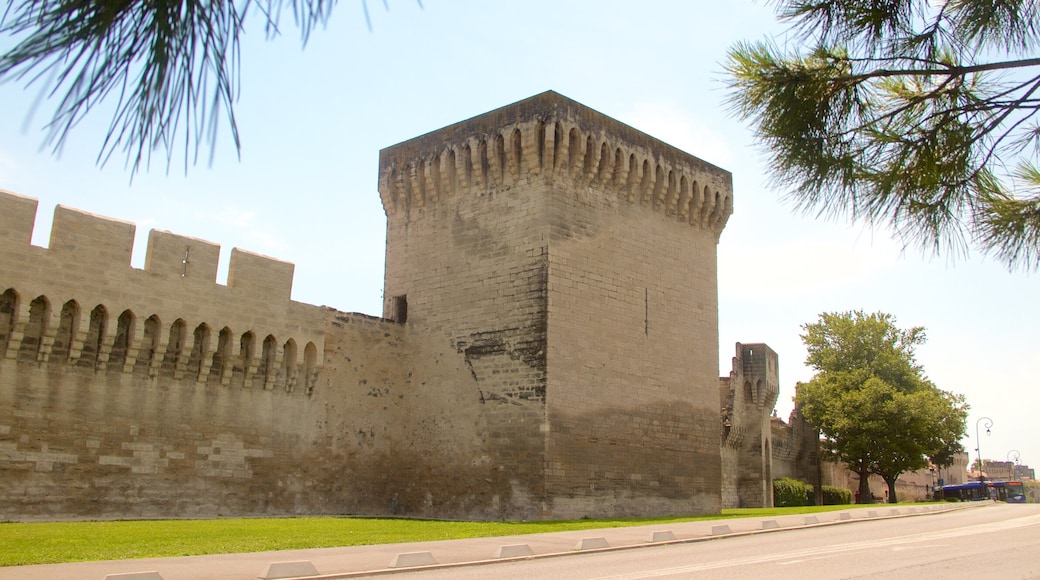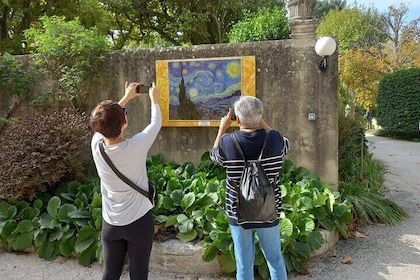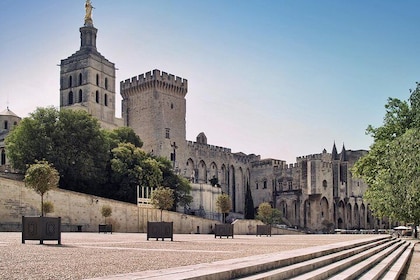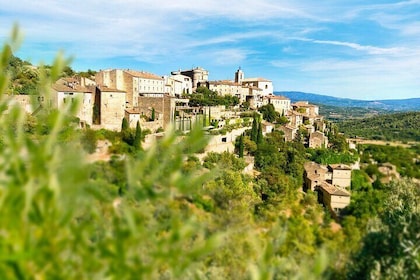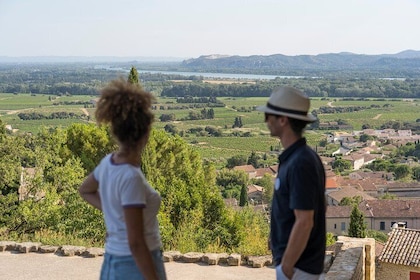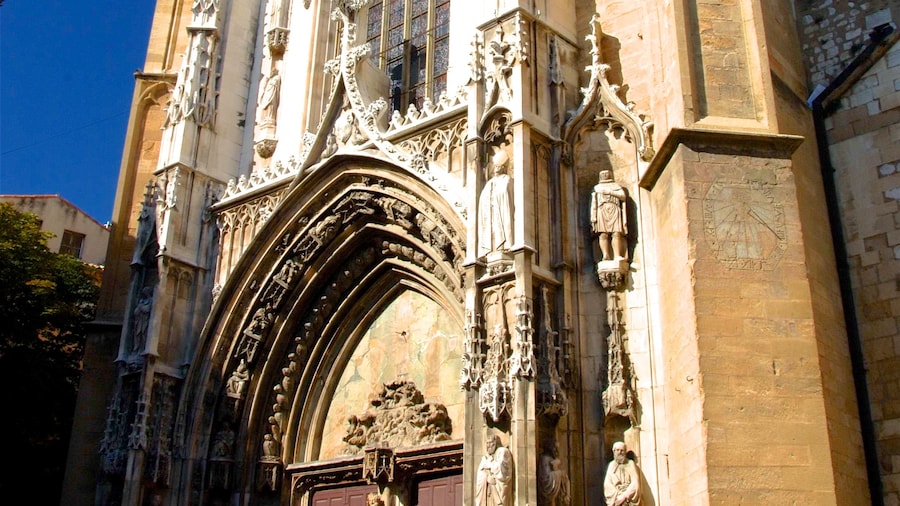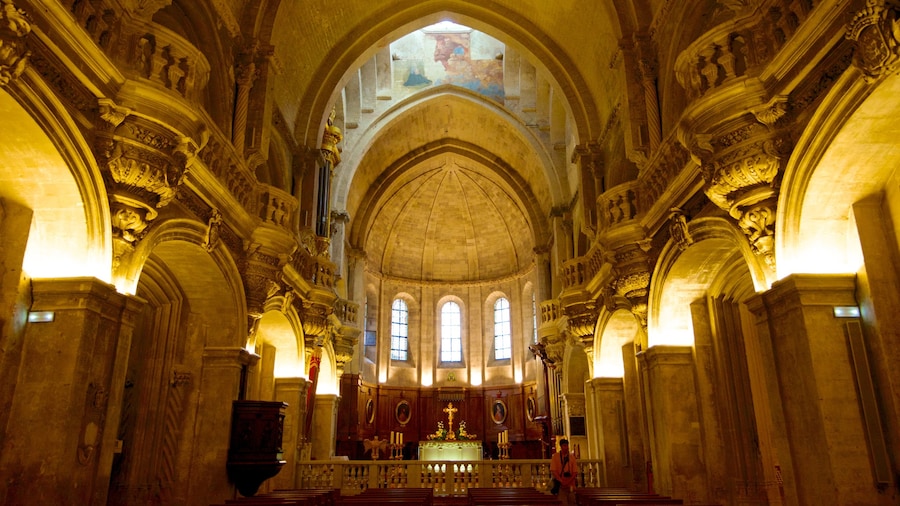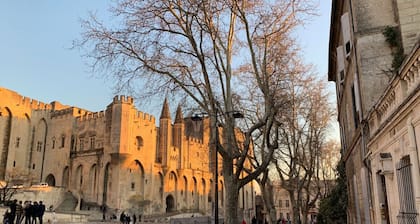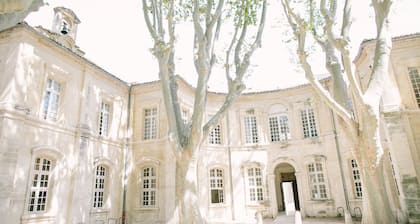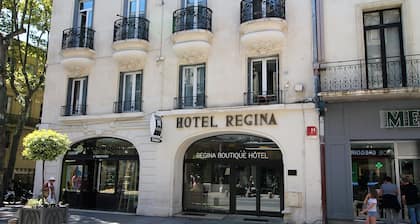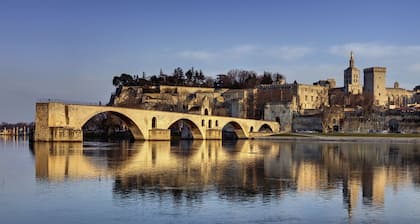The walled city of Avignon has been encircled by defensive walls since as far as Roman times, though the current city walls only date back to the 14th century. Wander around the perimeter of the old city, which is delineated by the historic walls, and venture up on the ramparts to admire views over the city and the River Rhone.
Though it’s likely the Romans first built walls in the city, nothing of their defenses remains. Construction on the current medieval walls began in the mid-14th century, to secure the city, which had become an administrative seat for the Catholic church, with popes living and ruling from here. The walls are now part of the UNESCO World Heritage-listed historic core of Avignon.
Walk around the walls, which run for a length of more than 2.5 miles (4 kilometers). Look for the numerous gates in the wall. Some entranceways are originals, while others, such as Porte St-Roch in the southwestern corner, were rebuilt in the 19th century. Others again, such as Porte St-Charles, also in the southwest section of the walls, were only added for the first time in the early 20th century.
As you make your way around, note the abundance of residences inside the walls themselves. Because of the rapid expansion of Avignon’s population since the time of the walls’ construction, real estate in the city was in high demand. Because of this, locals took to living “intra muras,” within the walls. It’s thought that around 14,000 people now live within Avignon’s walls. Hotels and restaurants can also be found within the city walls.
Access the walls via the Avignon Bridge, also known as Pont Saint-Bénezet. Only four of the original 22 arches of this medieval bridge remain standing, with the rest having succumbed to flooding, and wear through age.
Avignon City Walls are open daily, from morning to early evening. It is free to go up on the ramparts.




